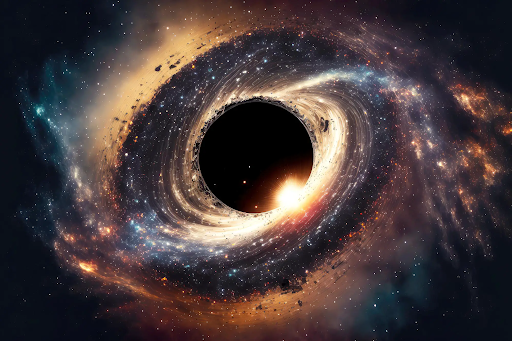Black Holes: Portals to Other Universes???
Do black holes lead to other universes???
This question lies at the heart of decades-long physics. Researchers are trying hard to get the answer to this question. So, in this article, we will try to explore the background, research, and some facts behind this significant matter.
Black Holes: Portals to Other Universes??? Read More »
